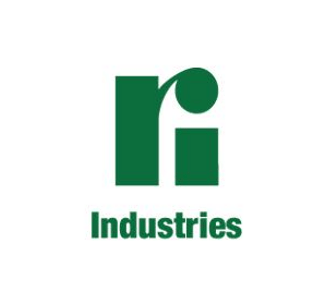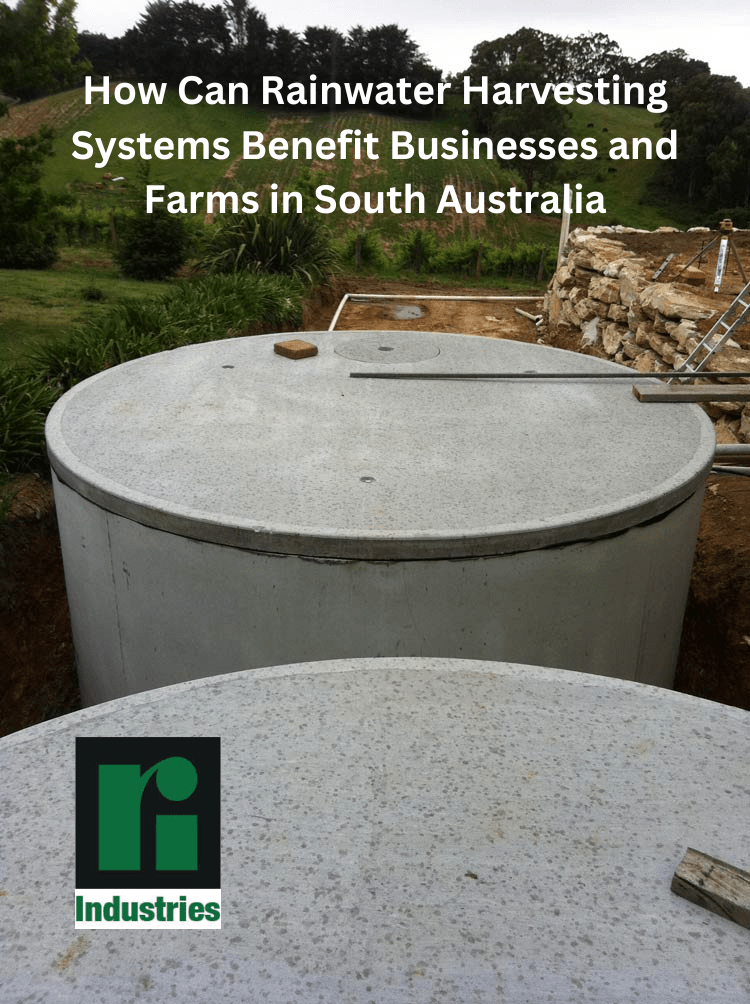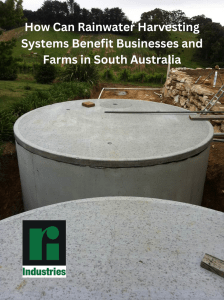How can a septic tank save you money? Living in South Australia, especially in rural or semi-rural areas, often means managing your own wastewater. One of the most effective ways to do this is by installing a septic tank. While the initial cost might seem significant, having a septic tank can actually save you money in the long run. Here’s how:
1. No Monthly Sewer Bills
In urban areas, households typically pay monthly or quarterly sewer bills for wastewater treatment services. When you have a septic tank, you avoid these ongoing costs entirely. This can lead to substantial savings over time, especially when considering the rising costs of utilities.
2. Lower Water Usage Costs
A well-maintained septic system encourages mindful water use. Since the septic system can only handle so much water at once, households with septic tanks tend to be more conservative with their water usage. This not only prolongs the life of the septic system but also reduces your overall water consumption, leading to lower water bills.
3. Durability and Longevity
Septic tanks are designed to last for decades with proper care. Unlike centralised sewer systems, which can require expensive repairs or upgrades, a septic tank that is regularly pumped and maintained can function efficiently for 30 years or more. This long lifespan makes the initial investment in a septic tank a cost-effective solution.
4. No Need for Expensive Sewer Connections
If you live in a remote or newly developed area, connecting to the municipal sewer system can be costly. Installation fees, pipe connections, and other related expenses can quickly add up. With a septic tank, these costs are avoided, as the system is entirely self-contained on your property.
5. Increase in Property Value
A well-maintained septic system can be an attractive feature for potential buyers, especially in areas where sewer connections are not available or are expensive to install. A septic system that is in good condition can increase your property value, making it a smart investment if you ever decide to sell your home.
6. Environmentally Friendly
Septic tanks, when properly maintained, are more environmentally friendly than many centralised sewer systems. They naturally treat wastewater on-site, reducing the strain on public treatment facilities.
7. Minimal Maintenance Costs
While septic systems do require regular maintenance, these costs are typically much lower than what you might pay in sewer bills over time. Regular pumping (every 4 years or so) and the occasional inspection are usually all that’s needed to keep your septic tank functioning well. Compared to the ongoing costs of a sewer connection, septic tank maintenance is generally more affordable.
8. Reduced Risk of Sewer Backups
Public sewer systems can sometimes become overloaded, leading to backups into homes. These incidents can be both costly and stressful to deal with. A properly maintained septic tank, on the other hand, is less likely to experience such issues, saving you from potential repair costs and water damage.
9. Customisable to Your Needs
Septic systems can be tailored to fit the specific needs of your household and property. This customisation ensures that your system is as efficient as possible, avoiding unnecessary costs. Whether you have a large family or a small household, a septic system can be designed to meet your exact requirements, ensuring you’re not paying for more than you need.
The financial benefits of having a Ri-Industries septic tank are clear. From avoiding ongoing sewer bills to conserving water and increasing property value, a septic system can be a wise investment. With proper maintenance and mindful usage, your septic tank can save you money and provide reliable wastewater management for years to come.
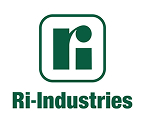
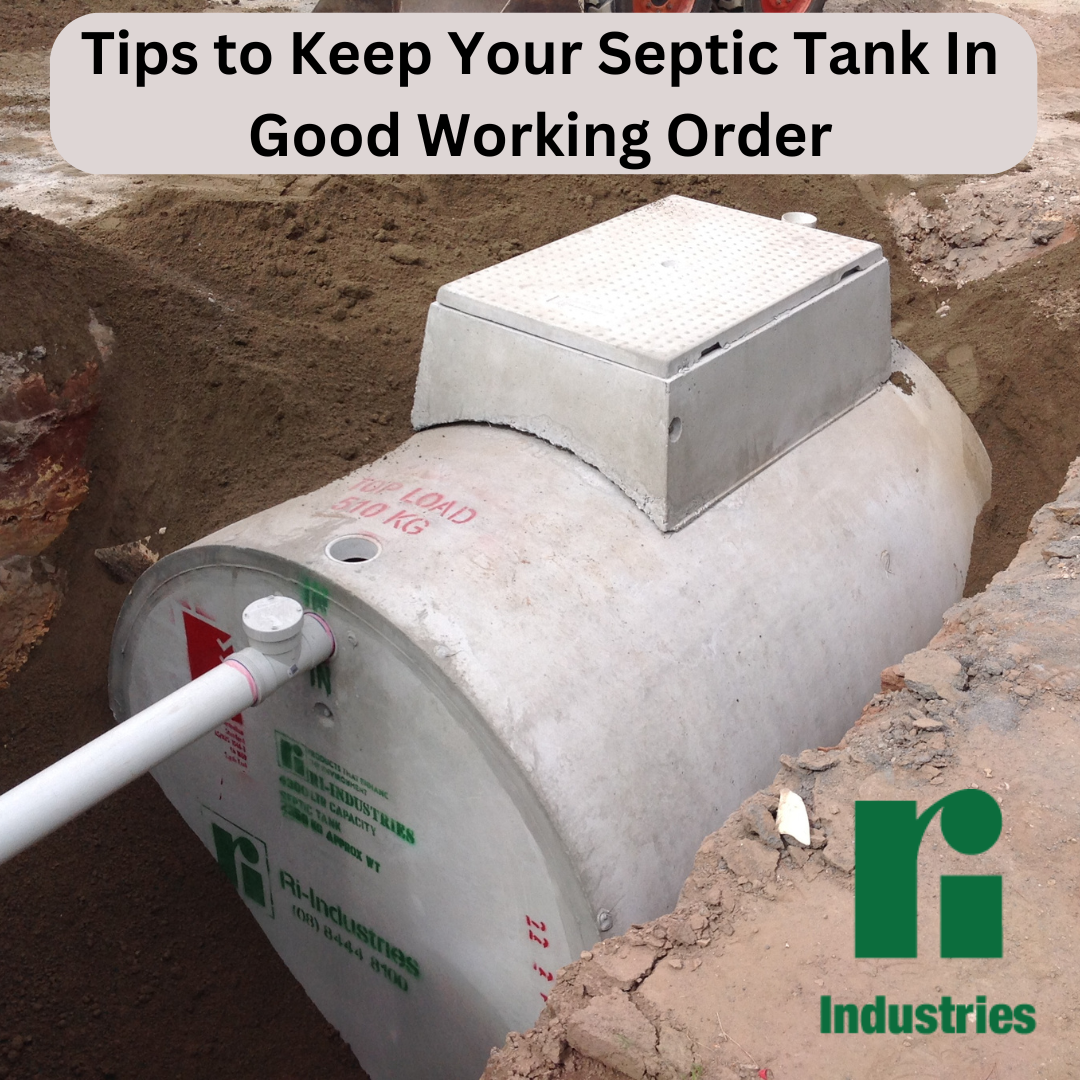











 The use of reclaimed wastewater, also known as recycled or treated wastewater, can offer several benefits in South Australia. As a region that faces water scarcity and is focused on sustainable water management, reclaimed wastewater plays a vital role in addressing various challenges. Here are some benefits of using reclaimed wastewater:
The use of reclaimed wastewater, also known as recycled or treated wastewater, can offer several benefits in South Australia. As a region that faces water scarcity and is focused on sustainable water management, reclaimed wastewater plays a vital role in addressing various challenges. Here are some benefits of using reclaimed wastewater: 